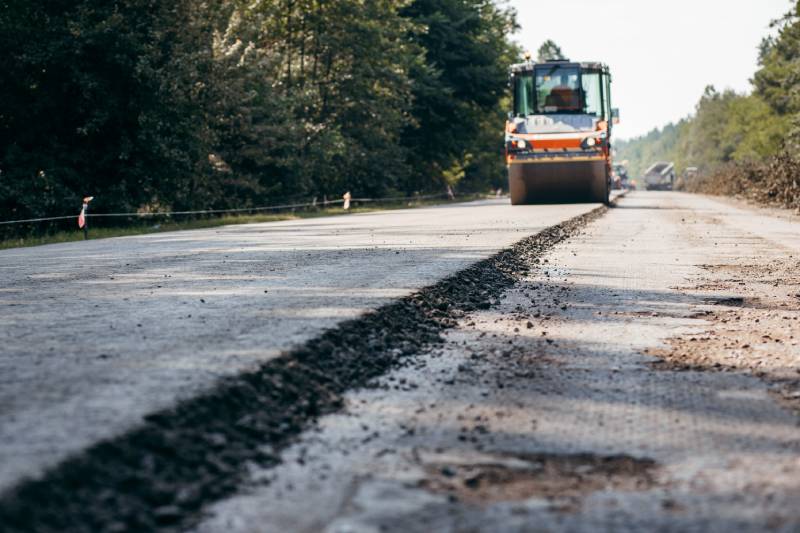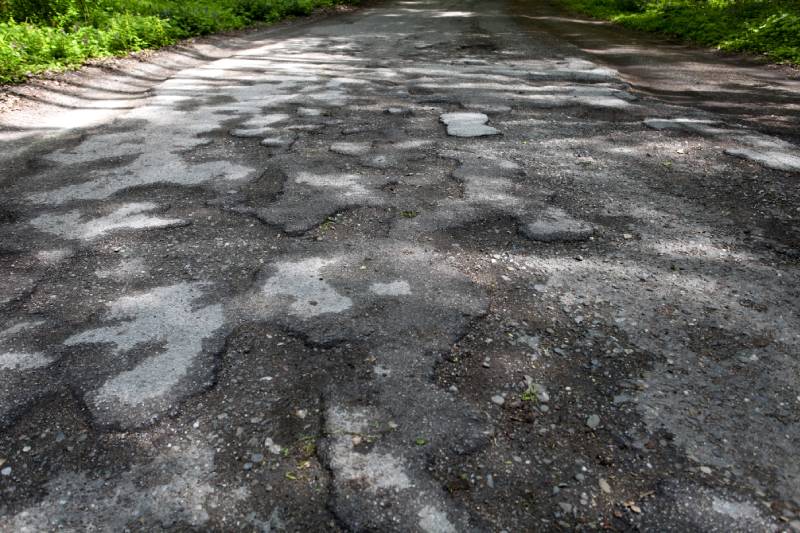Introduction
Potholes are a common problem that can cause significant damage to commercial asphalt surfaces. Potholes not only jeopardize the safety of pedestrians and vehicles but also hasten the degradation of the pavement if expeditious repair measures are not undertaken. Repairing potholes promptly and effectively is crucial for maintaining the integrity and longevity of commercial asphalt. In this informative piece, we will explore the optimal techniques for rectifying potholes in commercial asphalt, guaranteeing a seamlessly resilient surface for your business endeavors.
Assessment and Preparation
Prior to embarking on any pothole repair endeavor, it is imperative to diligently evaluate the condition of the pothole and meticulously prepare the encompassing vicinity. Here are the essential steps to follow:
- Determine the magnitude of the damage: Evaluate the dimensions, depth, and configuration of the pothole to ascertain the suitable repair approach. Understanding the severity of the pothole will help you choose the most suitable repair technique.
- Clear the area: Remove any debris, loose asphalt, or vegetation from the pothole, ensuring a clean surface for repair. This step is important to ensure proper adhesion of the repair material.
- Evaluate the surrounding asphalt: Check the condition of the adjacent pavement to identify any underlying issues or signs of distress that may require attention. Addressing these problems during the pothole repair process can prevent future damage.
Selecting the Repair Method
The selection of the repair method is contingent upon the size, severity, climate, and specific conditions of the commercial asphalt surface in relation to the pothole. Consider the following options:
Cold patching: This method is suitable for temporary repairs of smaller potholes. Cold patching involves filling the hole with pre-mixed asphalt mixtures that can be compacted by hand or with a tamper. Although it offers a speedy solution, it may not exhibit the same level of durability as alternative methods.
Hot mix asphalt (HMA): Ideal for larger and more permanent repairs, HMA involves heating asphalt to a high temperature, removing the damaged pavement, and replacing it with fresh asphalt mix. This method ensures a strong and long-lasting repair.
Repair Execution
Upon the successful completion of the assessment and the identification of the appropriate repair approach, the time has come to embark on the practical implementation of the repair process. Follow these steps for optimal results:
Clean the pothole:
Use pressurized air or water to ensure that no loose debris or moisture remains within the pothole, allowing proper adhesion of the repair material. A clean and dry surface is essential for a successful repair.
Apply a tack coat:
Before filling the pothole, apply a thin layer of tack coat to enhance the bond between the existing pavement and the repair material. This adhesive layer improves the overall stability of the repair.
Fill and compact the material:
Pour the repair material (cold patch or hot mix asphalt) into the pothole, slightly overfilling it. Compact the material with a tamper or a vibratory plate compactor, ensuring a tight and level surface. Adequate compaction is crucial for a durable repair.
Finish the repair:
Apply a final layer of sealant or asphalt emulsion to seal the repair and protect it from water infiltration, extending its longevity. This step helps prevent the formation of new cracks and enhances the appearance of the repaired area.
Quality Control and Maintenance
Completing the repair is not the end of the process. It is crucial to perform quality control measures and establish a maintenance plan to ensure the durability of the repair work. Consider the following steps:
Inspect the repair: Once the repair is finished, thoroughly inspect the pothole repair for any defects, unevenness, or signs of distress. Address any issues promptly to prevent further damage.
Conduct regular maintenance: Implement a maintenance schedule that includes routine inspections and necessary repairs to address any new potholes or signs of deterioration promptly. Regular maintenance helps extend the lifespan of your asphalt surface.
Address underlying issues: If potholes frequently occur in specific areas, it may indicate underlying drainage issues or structural problems. Identify and address these issues to prevent future pothole formation. Proper drainage and structural integrity are essential for long-term pavement health.
Conclusion
Repairing potholes in commercial asphalt surfaces is a crucial task that requires careful assessment, proper preparation, and effective execution. By following the best practices outlined in this blog, you can ensure long-lasting repairs and maintain a smooth and safe surface for your commercial property. Remember, proactive maintenance and prompt repairs are key to preventing extensive damage and reducing costly repairs in the future.






